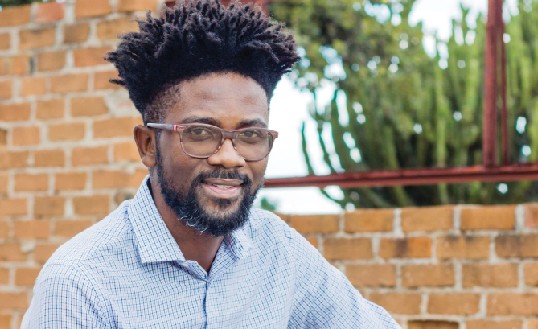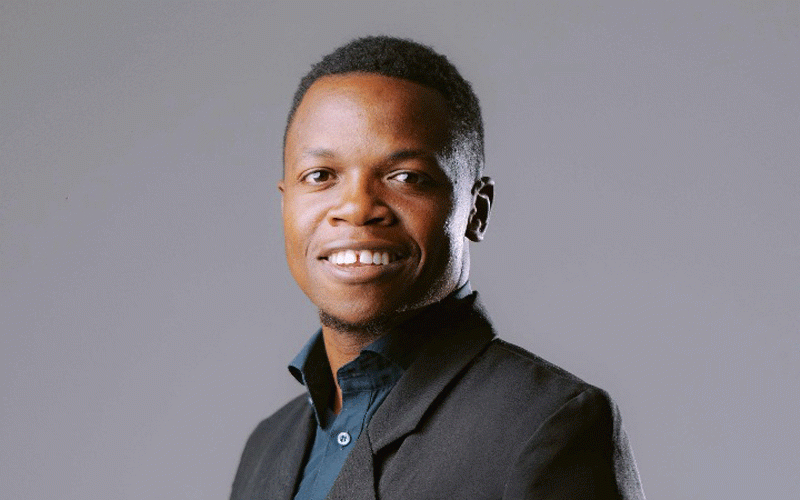

BY SHARON SIBINDI
Thirty-three-year-old Butholezwe Kgosi Nyathi has expressed appreciation for the support he has been receiving from the youth since being appointed the new director of the National Gallery of Zimbabwe in Bulawayo.
He further called on all with ideas to come forward and contribute to the development of the entity.
In an interview with Standard Style, Nyathi said he was grateful for the congratulatory messages posted all over to him. He said he understood why fellow young people were excited and was aware of the expectations, which he would try to fulfil accordingly.
“I was officially introduced to the Bulawayo artistic community last Friday at the gallery. Over the weekend, social media was abuzz with congratulatory messages, which I want to appreciate very much,” Nyathi said.
“The excitement is indeed palpable and I understand why fellow young people are excited, probably the background has been that we have had limited young people in positions of leadership in government.
“So, I understand and fully appreciate where the excitement is coming from and what that basically means is that I have to prove that young people can do it, so my hope and call is that let those with ideas come forward.”
Nyathi called upon the public to work together in a shared and beneficial way in keeping the entity vibrant.
- Chamisa under fire over US$120K donation
- Mavhunga puts DeMbare into Chibuku quarterfinals
- Pension funds bet on Cabora Bassa oilfields
- Councils defy govt fire tender directive
Keep Reading
“Let us collaborate in a mutually beneficial way, the gallery is there to serve the public and as a young person, I will necessarily try to project that vibrancy and exuberance that they expect from a young leader. So, I am very much alive to and aware of the expectations and I will try and match them accordingly,” he said.
Nyathi said he was aware of the operational context like any other enterprise operating in Zimbabwe as one had to be alive and realistic to the operating environment.
“You then craft strategies on how best to navigate that kind of terrain but in terms of my skills, experience prior to assuming this position, I am not in doubt that all things being equal, we will be able to transform the gallery and strengthen its vibrancy as a cultural enterprise,” he said.
“In terms of the country’s foreign policy, government speaks about strengthening, engagement and re-engagement. I am a student of cultural diplomacy and I am pursuing modalities of how best the gallery can be a purveyor of soft power.
“Countries in the West that are dominant, one of the elements that they profile a lot is their cultural heritage. So, to what extent can we as a regional gallery also harness the power of our visual expressions to project and tell the Zimbabwean story to the region and beyond?
“In that regard, I consider the gallery as a space to complement and support government efforts towards re-engagement particularly in the realm of soft power, cultural diplomacy.”
Nyathi described the National Gallery of Zimbabwe library as a beautiful space and an internet service and the idea was to strengthen its patronage to school students coming through or research.
“That also means diversifying our collection. Its specific mandate is that of visual arts literature, and to what extent can we mainstream other subject areas without necessarily deviating from our core mandate so that we attract new library users,” he said.











